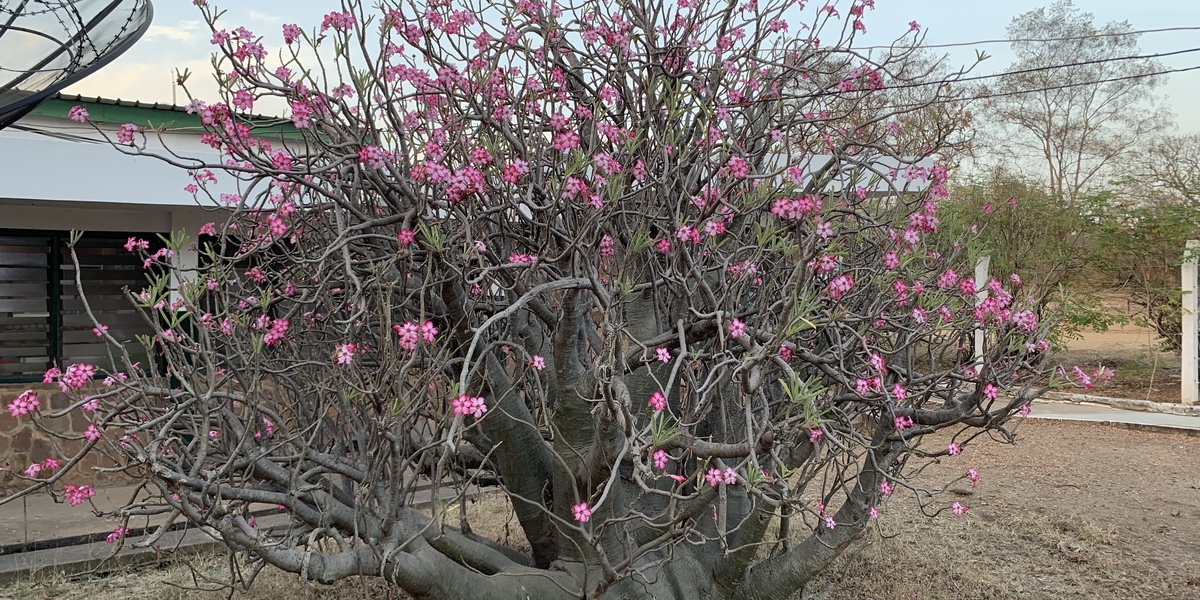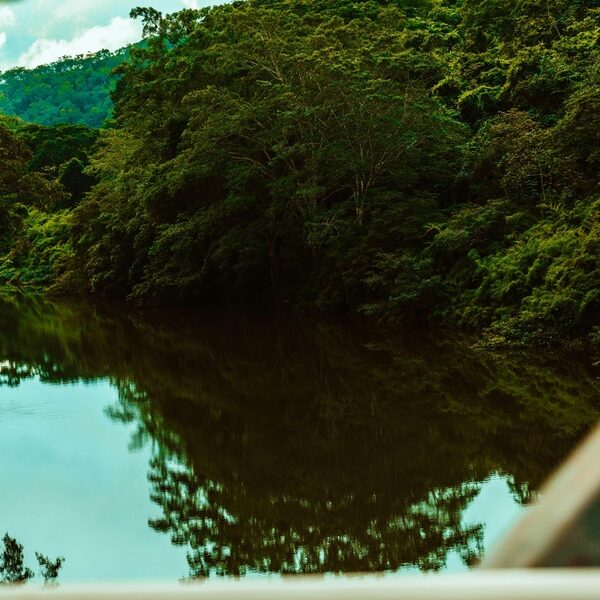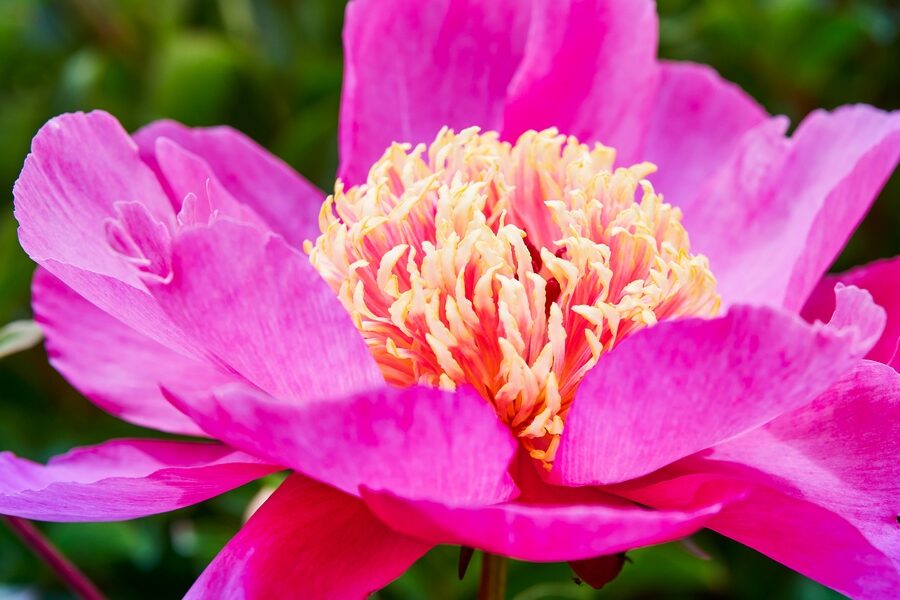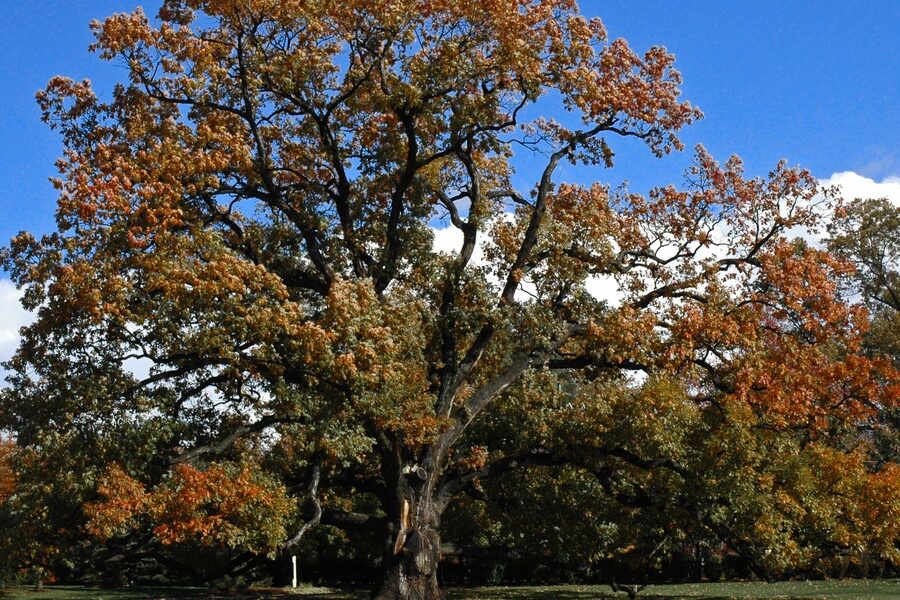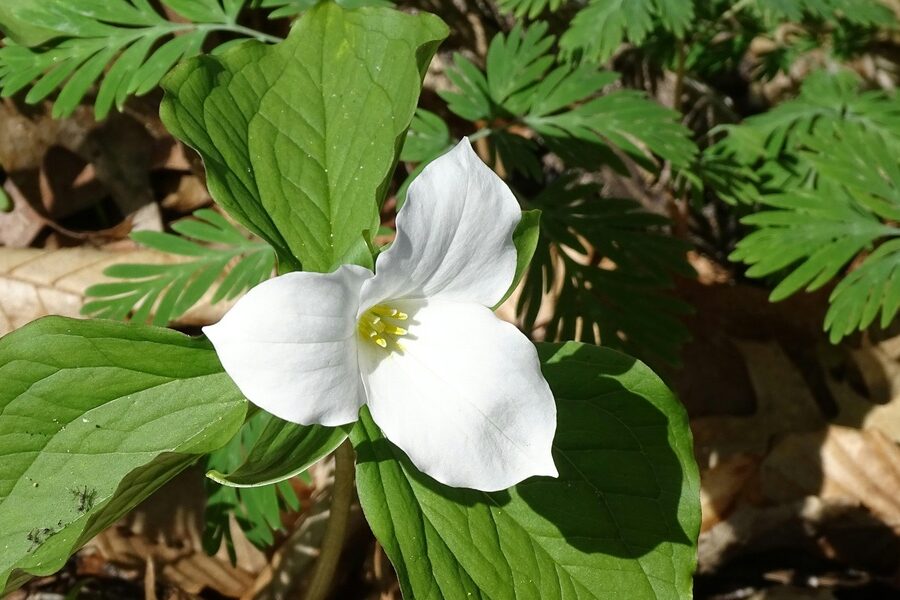Djibouti’s coastline, plateaus and arid plains host plants adapted to heat, salt and sparse rainfall. These varied microhabitats produce seasonal blooms that support local wildlife and are woven into traditional land use.
There are exactly 25 Flowers of Djibouti, ranging from Bankoualé Palm to Wild Gourd. For each species the list shows Scientific name, Habitat & distribution and Bloom months; full details you’ll find below.
When is the best time to see native flowers in Djibouti?
Look for blooms after the seasonal rains: most species flower in the weeks following the main rainy periods, though timing varies by coastal, lowland or highland sites — coastal areas often respond quickly to short rains while uplands can hold flowers longer.
How can I identify these species in the field?
Use the Scientific name and Bloom months to narrow possibilities, note habitat and leaf/flower characteristics, photograph specimens, and compare with the entries below or a regional field guide; local naturalists and herbarium resources can confirm uncertain IDs.
Flowers of Djibouti
| Common name | Scientific name | Habitat & distribution | Bloom months |
|---|---|---|---|
| Doum Palm | Hyphaene thebaica | Wadis and oases throughout the country | Mar–Jun |
| Desert Rose | Adenium obesum | Dry rocky slopes and hillsides, particularly in the south | Apr–Jul |
| Bankoualé Palm | Livistona carinensis | Moist ravines in Day Forest National Park | Mar–May |
| Djibouti Aloe | Aloe djiboutiensis | Rocky slopes and limestone plateaus | Jan–Mar |
| Djibouti Dragon Tree | Dracaena ombet | Montane woodlands of the Goda Mountains | Feb–Apr |
| Parasol Acacia | Vachellia tortilis | Widespread in arid plains, wadis, and scrubland | May–Aug |
| Sodom Apple | Calotropis procera | Disturbed areas, roadsides, and wadis | Year-round |
| Christ’s Thorn Jujube | Ziziphus spina-christi | Wadis and semi-arid scrublands | Varies |
| Mesquite | Prosopis juliflora | Widespread in wadis and disturbed plains | Apr–Sep |
| White Cross-berry | Grewia tenax | Arid scrubland and rocky slopes | May–Jul |
| Saltbush | Suaeda monoica | Coastal salt marshes and inland saline soils | Oct–Jan |
| Myrrh | Commiphora myrrha | Arid, rocky hillsides and scrublands | Mar–May |
| White Poinciana | Delonix elata | Dry scrubland and rocky hillsides | Nov–Feb |
| Desert Date | Balanites aegyptiaca | Arid woodlands, savanna, and wadis | Mar–May |
| Toothbrush Tree | Salvadora persica | Wadis and areas with accessible groundwater | Varies |
| Spiny Indigo | Indigofera spinosa | Sandy plains and arid gravelly soils | Apr–Jun |
| Silver Senna | Senna holosericea | Sandy wadis and gravel plains | May–Sep |
| Carpet Flower | Aptosimum pumilum | Sandy and gravelly plains | Apr–Jul |
| Puncture Vine | Tribulus terrestris | Roadsides, disturbed ground, and arid plains | After rains |
| Desert Bush-cherry | Maerua crassifolia | Arid plains and rocky ground | Feb–Apr |
| Round-leaved Cadaba | Cadaba rotundifolia | Arid plains and rocky slopes | Apr–Jun |
| Wild Gourd | Cucumis prophetarum | Rocky wadis and disturbed soils | May–Aug |
| Tamarind | Tamarindus indica | Cultivated and naturalized in wadis | May–Jul |
| Buttonwood | Conocarpus lancifolius | Coastal areas, wadis, and urban plantings | Varies |
| Dobera | Dobera glabra | Acacia-Commiphora scrubland and dry riverbeds | Nov–Jan |
Images and Descriptions

Doum Palm
A distinctive native palm recognized by its forked trunk and large, fan-shaped leaves. It produces small, inconspicuous flowers, followed by edible, gingerbread-flavored fruits.

Desert Rose
A striking native succulent with a thick, swollen trunk (caudex) that stores water. It produces beautiful, trumpet-shaped flowers ranging from deep pink to red, often on bare stems.
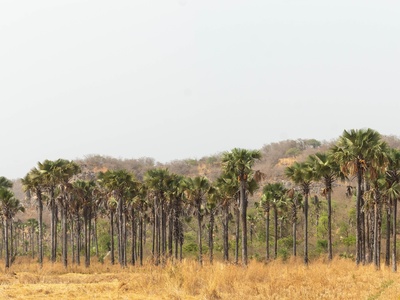
Bankoualé Palm
One of the world’s rarest palms, this critically endangered native species is found only in Djibouti and Yemen. It’s a tall, slender fan palm with a dense, rounded crown.

Djibouti Aloe
A unique aloe species native and endemic to Djibouti. It forms rosettes of thick, fleshy, spotted leaves and sends up tall spikes of tubular, reddish-orange flowers in winter.
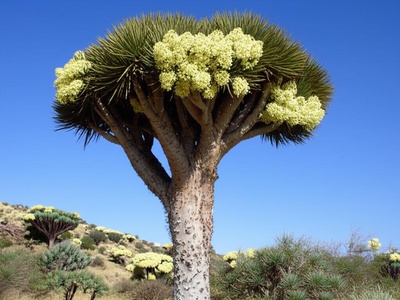
Djibouti Dragon Tree
An iconic native tree with a thick, branching trunk topped with crowns of sharp, sword-like leaves. It produces large, drooping clusters of fragrant, greenish-white flowers.

Parasol Acacia
A classic native tree of the African savanna, identified by its flat-topped, umbrella-like shape. It bears fragrant, creamy-white puffball flowers and distinctive, twisted seed pods.
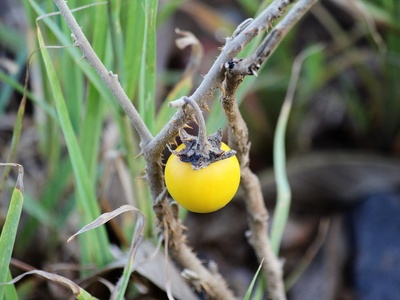
Sodom Apple
A common native shrub known for its large, waxy grey-green leaves and poisonous, milky sap. It produces unusual, crown-shaped flowers in shades of white and purple.
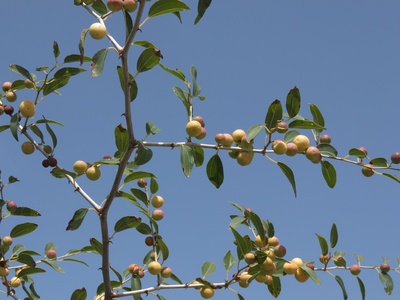
Christ’s Thorn Jujube
A thorny native shrub or small tree with small, glossy leaves and a tangled branching structure. Tiny, yellowish-green flowers develop into edible, date-like fruits.
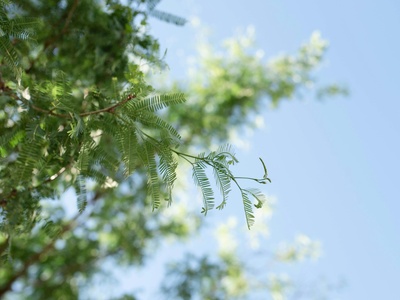
Mesquite
A highly invasive, non-native tree that forms dense, thorny thickets. It has feathery leaves and produces drooping, caterpillar-like spikes of pale yellow flowers.
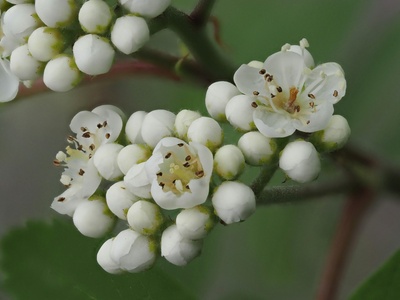
White Cross-berry
A hardy, multi-stemmed native shrub with toothed leaves. It produces delicate, small white flowers with a prominent tuft of yellow stamens, followed by edible orange berries.

Saltbush
A salt-tolerant native shrub that thrives near the coast. It has succulent, fleshy, finger-like leaves and produces clusters of tiny, inconspicuous flowers along its stems.

Myrrh
A native, spiny shrub or small tree famous for its aromatic resin. It produces small, reddish, and rather inconspicuous flowers, often appearing just before the leaves emerge.

White Poinciana
A beautiful native tree, related to the more common Flamboyant tree. It features large, elegant white to pale yellow flowers with very long, showy red stamens.

Desert Date
A spiny, resilient native evergreen tree with leathery, grey-green leaves. It produces clusters of small, fragrant, and inconspicuous greenish-yellow flowers.
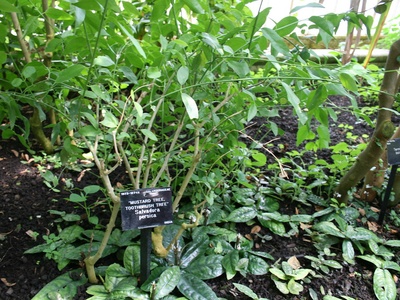
Toothbrush Tree
A native evergreen shrub whose fibrous twigs are famously used as a natural toothbrush (miswak). It bears drooping branches with fleshy leaves and sprays of tiny, greenish-white flowers.

Spiny Indigo
A low-growing, densely branched native shrub that forms spiny cushions. It has small, silvery leaves and produces tiny but pretty pink or purplish pea-like flowers after rains.

Silver Senna
A small native sub-shrub covered in soft, silvery hairs, giving it a distinctive sheen. It produces upright clusters of bright yellow, cup-shaped flowers that are very showy.
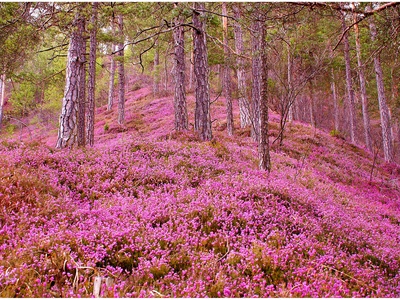
Carpet Flower
A low, mat-forming native herb that lies flat against the ground. After rains, it becomes covered in striking, trumpet-shaped, deep violet-blue flowers, creating a carpet of color.
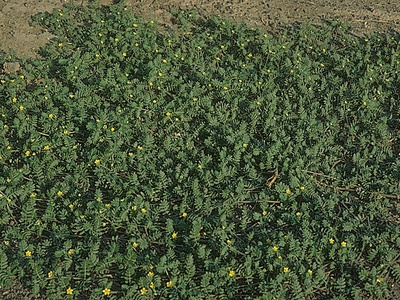
Puncture Vine
A widespread native, ground-hugging weed known for its woody, sharp-spined burs. It produces small, simple, five-petaled yellow flowers that open in the morning.
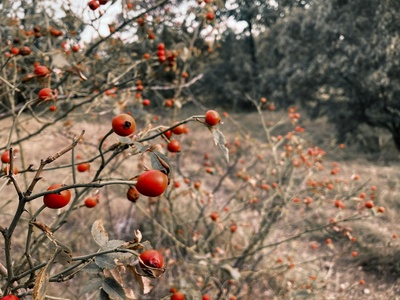
Desert Bush-cherry
A native, drought-deciduous tree that often appears leafless. It produces unusual, spidery flowers that have no petals but feature a dense burst of long, creamy-white stamens.
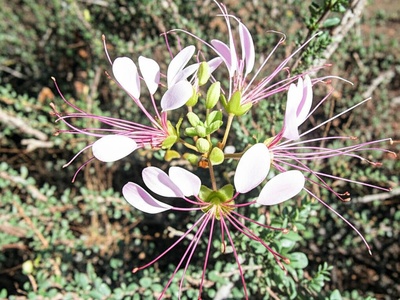
Round-leaved Cadaba
A tough, drought-resistant native shrub with small, round, bluish-green leaves. It produces delicate, spidery flowers with four petals and a prominent cluster of long stamens.

Wild Gourd
A trailing native vine related to the cucumber, with rough, hairy stems and leaves. It has small, solitary yellow flowers that develop into small, spiny, and very bitter green fruits.

Tamarind
A large, long-lived tree with dense foliage of feathery leaves, likely an ancient introduction. It produces beautiful, inconspicuous flowers with yellow petals veined in red or orange.

Buttonwood
A fast-growing native tree with long, slender, willow-like leaves, often planted for shade and in coastal areas. Its flowers are tiny and greenish, clustered in dense, button-like balls.
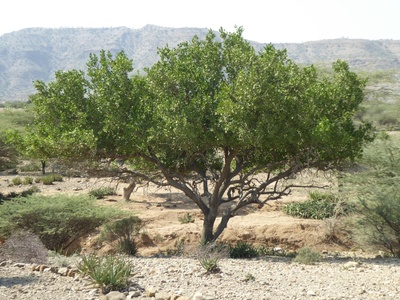
Dobera
A native evergreen shrub or small tree with leathery, grey-green leaves. It produces small, four-petaled, whitish-green flowers in dense clusters, followed by a smooth, olive-like fruit.
